Twisted Spires
Wednesday, 12th September 2012 by Ian Brown
A significant number of churches around Europe have twisted or crooked spires. While various legends account for the deformations, the more practical reality is that they are the result of either shortcomings in construction techniques, or intentional design. We'll take a tour of some of the most notable twisted spires, beginning in Chesterfield, England.
The church of St Mary and All Saints1 was built in the 14th century, though these days even the congregation's own website calls it 'The church of the Crooked Spire'. It is believed that the spire was originally clad in oak, and stood straight for at least 300 years. This means that a common explanation for the twist - the use of unseasoned wood - is false, because wood seasons in around 50 years.
Local legends about the cause of the crookedness (which are often repeated with slight variations at many other sites with crooked spires) are rather far-fetched. One example is that the Devil sat on the spire and twisted it by wrapping his tail around it. Another is that the spire was so shocked when a virgin was married in the church that it leaned over to take a look, and would only straighten when this event happened again!
The generally accepted theory is that when the oak was replaced with about 33 tons of lead, the uneven expansion and contraction of the side facing the sun gradually caused the entire structure to deform. The spire has now reached a 45° twist and leans almost 3m (10 feet). A nearby pub takes its name from the landmark.
Another English church with a twisted spire is St Mary's in Cleobury Mortimer, which also dates to the 14th century.
The twist here is believed to be the result of rotting and warping timbers caused by exposure to weather.
In the south-west, the church of St Peter and St Paul in Ermington is slightly crooked when seen from a distance. The village also has a pub named The Crooked Spire.
In Germany, the church of St Lambertus in Düsseldorf has a very noticeable twist, though the Street View car only got a glimpse of it above some nearby houses. While the church is a similar age to the two above, the spire dates to the early 19th century after a previous one was destroyed by lightning. Unseasoned wood is apparently2 to blame here.
The highest numbers of twisted spires are found in France. La collégiale Saint Jean-Baptiste de Barran was originally constructed in the 12th century, though has been rebuilt and restored several times.
A restoration some 40 years ago revealed evidence that the spire may have been intentionally constructed this way, though the local folklore is that the strong winds in the region have gradually twisted it over time.3
In the far north of France, St Omer church in Verchin bears a strong resemblance to the Chesterfield church. While the 'virgin wedding' myth is also associated with this spire, unseasoned wood is the real cause.
In the eastern region of Alsace, the stunningly picturesque village of Niedermorschwihr also has [a church with twisted spire][11, again as a result of being constructed with unseasoned wood.
While looking similar to all those above, the 16th century church in Saint Come d'Olt features a spire that was intentionally built with a twist!
The highest concentration of twisted spires seems to be found in the Loire Valley in central France.4 They include:
Saint-Symphorien church in Le Vieil-Baugé:
The church of St Etienne in Fougeré:
The church of St Martin in Fontaine Guérin:
This unidentified church in Distré:
The church of St Denis in Pontigné:
And, The church of St Jacques in Chemiré sur Sarthe:
This is only a small selection of twisted spires - there many more. Please post in the comments if you know of an interesting one which isn't featured here. Some of these locations claim to be members of the Association of Twisted Spires of Europe, although as that organisation seems to lack a website I'm not entirely sure it exists.
And if twisted things interest you, you would probably enjoy our Torqued Towers post from a few years ago.
-
I'm not sure if the church in Chesterfield is the most famous twisted spire, but I grew up just a short distance away, so it's the most famous to me. Although judging by the number of results in a Google image search for 'twisted spire', it is definitely the most-photographed! ↩︎
-
I had to rely on a Google translation of German text for information, so I'm unsure if it correctly stated that the spire was damaged in WWII, and when restored it was deliberately rebuilt with a twist because locals love the landmark so much. Can anybody confirm this? ↩︎
-
I was inspired to write this post after the spire in Barran was shown during the TV coverage of stage 15 of this year's Tour de France! ↩︎
-
And I have to say, after time spent dropping Google's Pegman into Street Views of this region, if you dropped me into any of these small villages I could live there quite happily. It looks like a beautiful part of the world. ↩︎
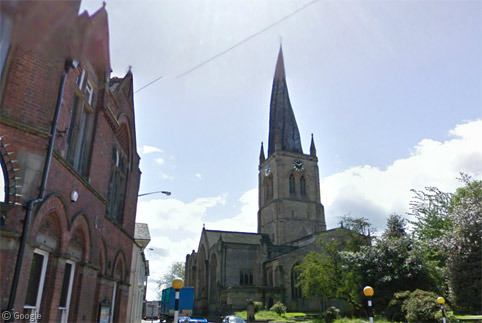
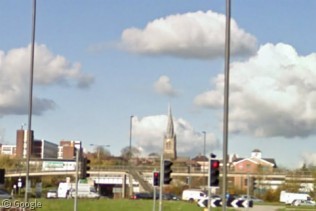
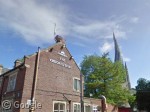
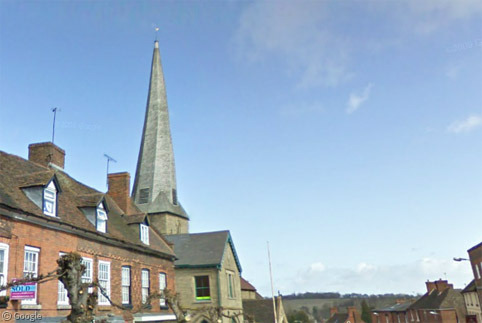
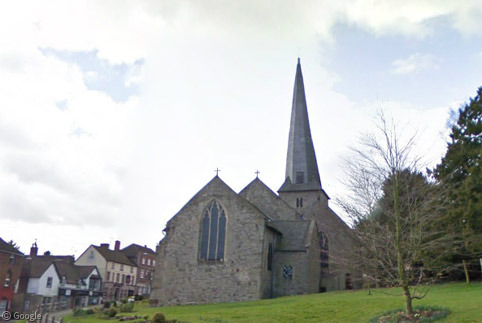
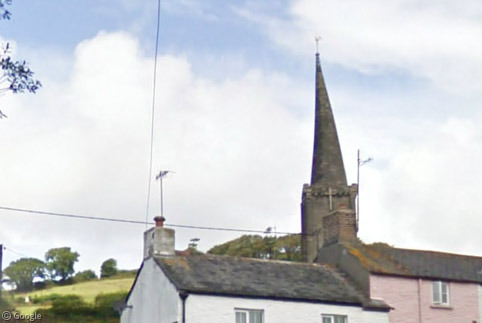
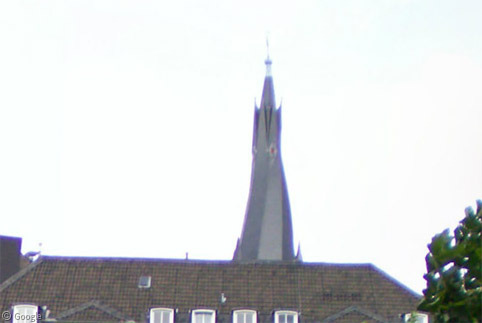
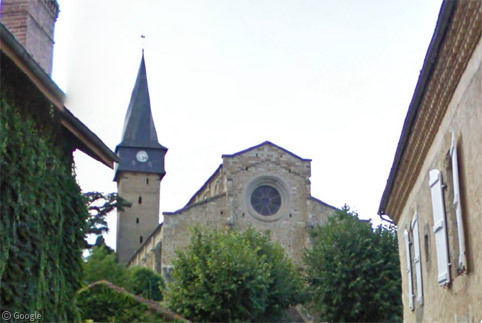
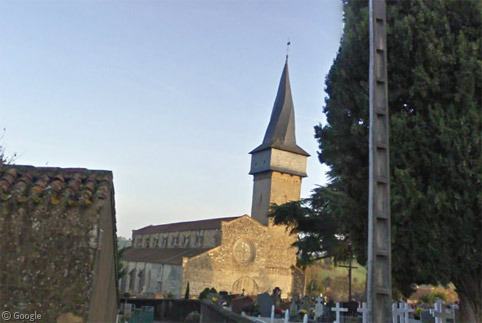
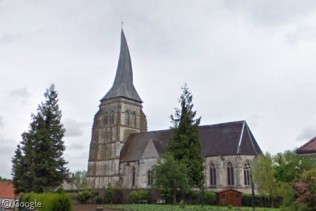
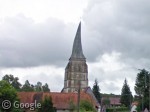
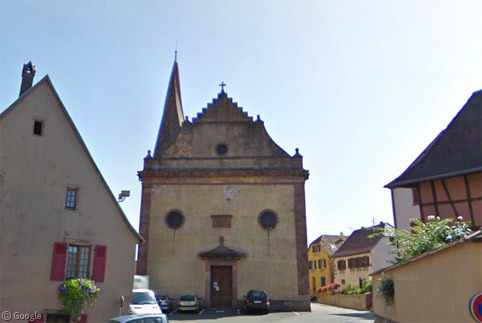
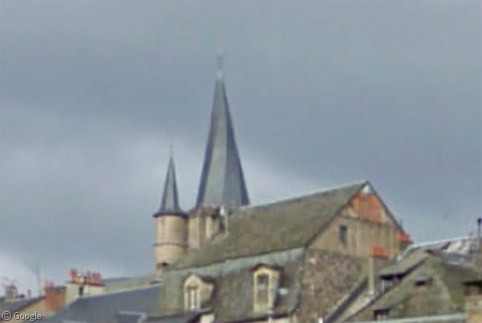
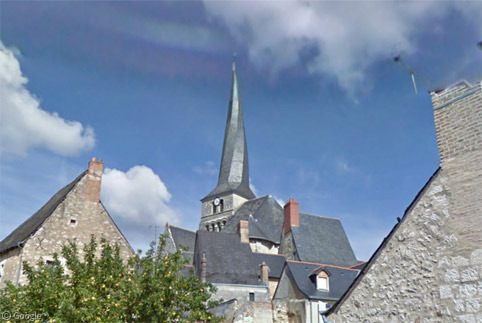
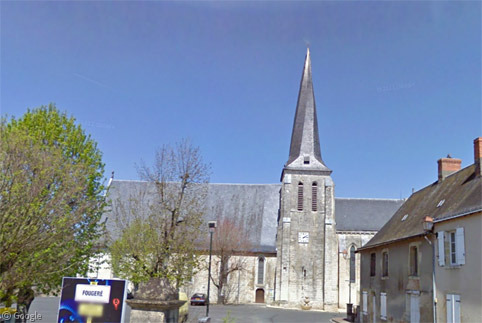
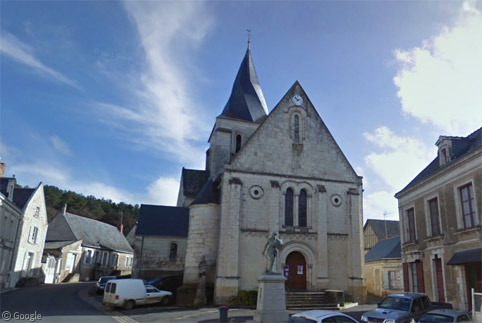
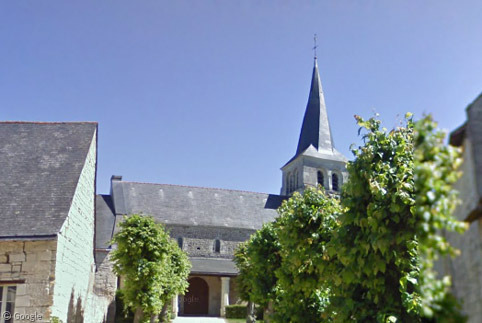
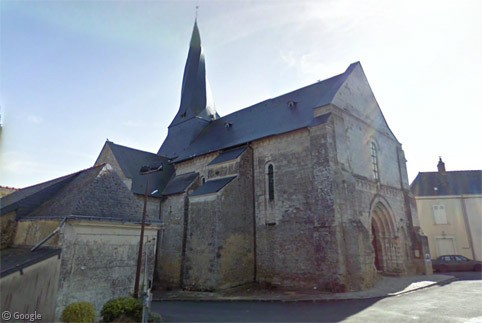
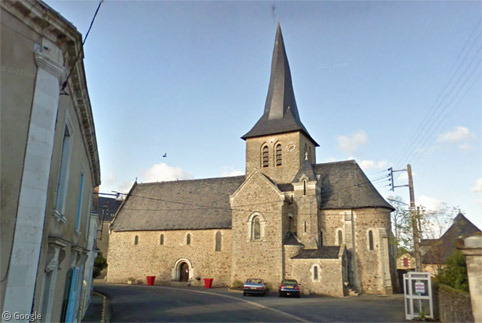
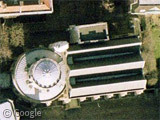
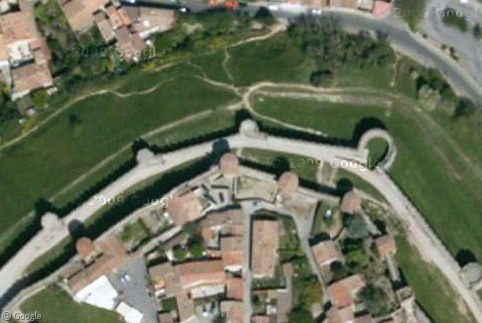
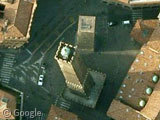
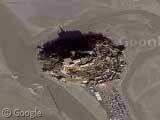
I can’t remember what it’s actually called, though I’ve been in it, but I always thought the pub in Chesterfield should have been called “Bitter and Twisted”
Unfortunately the Streetview cover in Germany is still extremely sparse … but you can see the twist in the spire of the church in Rellingen near Hamburg in the aerial shots:
View Placemark
I went up to the base of the Chesterfield spire years ago when the church had an open day. There are some excellent views from up there. I seem to remember the guide saying that the entire construction is only held down by its own weight, and that there are no conventional fixings keeping it in place. I suppose I could spend a few seconds searching online to verify this either way, but sometimes it’s fun to make do with half-remembered anecdotes rather than cold, hard facts.
OlPeculier – I link to the Pub… It is called The Crooked Spire, but your idea is way better!
Tammo – thanks for the link.
Simon – I came across the same claim while researching the post, but decided it was too outlandish to include. Would love to know if it is true. I know earthquakes are rare in that part of the world, but you have to wonder how small of a tremor could dislodge it and lead to a Hot Fuzz type of incident…
You’re correct in your description of St. Lambertus’ in Duesseldorf – the spire was hit by lightning in 1815 and burned; in repairing it, unseasoned wood was used. Nice detail to the story: The fire damage was contained by the heroic actions of a blacksmith wearing a top – the church’s treasure chamber still has it 🙂
Ian, you say you haven’t been able to find a website for the association of twisted spires, this may be because you are searching in English – the organisation is called L’Association les clochers tors d’Europe.
http://www.clocherstors.com/